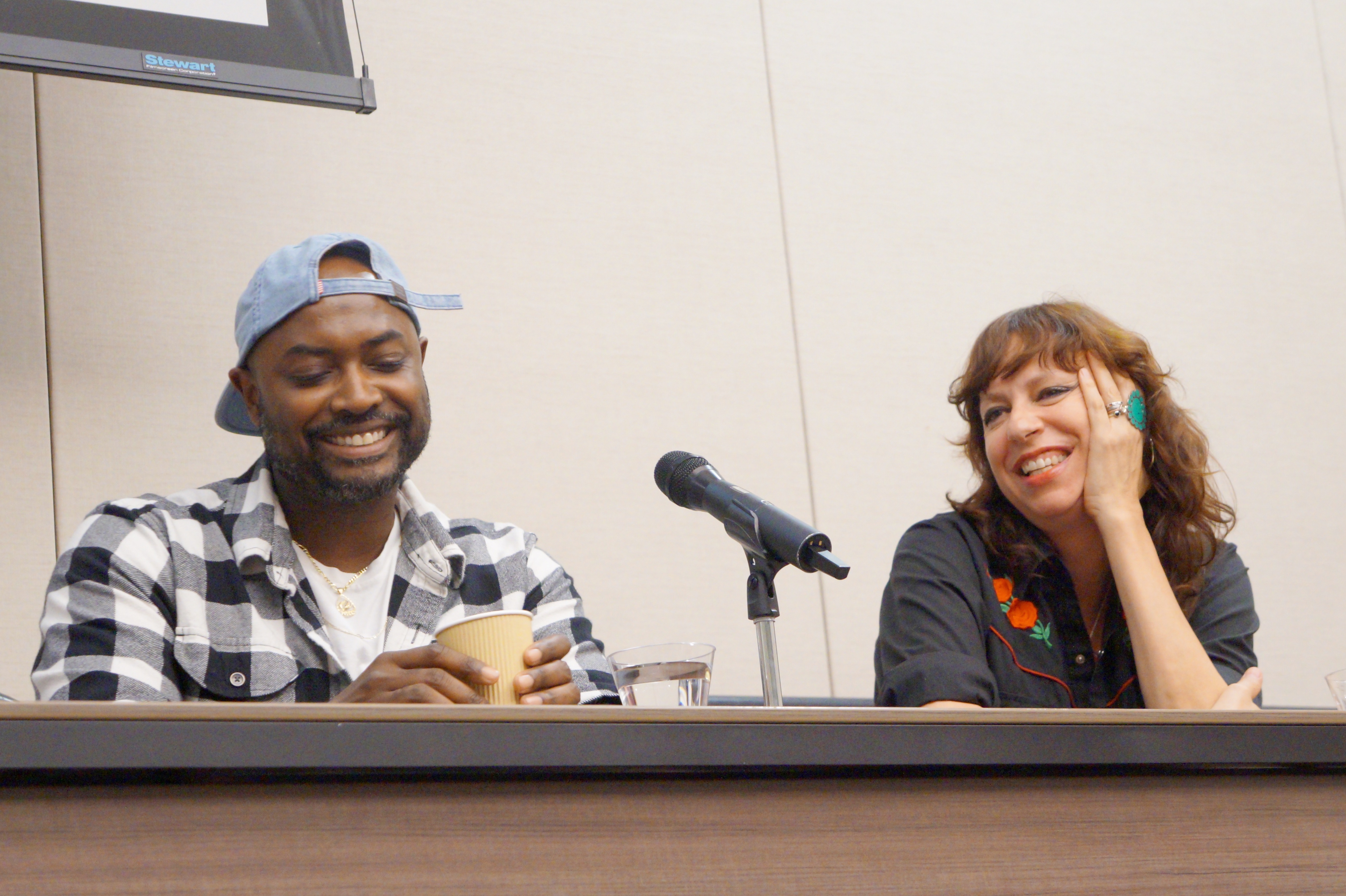By Stevey Williams, Staff Reporter
Ever since the film Avatar was released in 2009, fans have waited over a decade, specifically 15 years, for a second film to be released. Finally, the second film, Avatar: Way of the Water was released in theaters in December 2022. While some were excited by the release, others were infuriated by its significant relation to certain racial communities.
Since the release of the second film of the franchise series, the movie has received enormous backlash from Indigenous groups due to cultural appropriation, misrepresentation of Indigenous people, and the white savior narrative integrated throughout the storyline. As someone who has Native American ancestry from two different tribes, it makes sense why this movie has offended so many people.
While the fictional Metkayin people in Avatar: Way of the Water, are openly inspired by the Māori people in real life, the characters are also heavily misrepresented in the film, resulting in an inaccurate amalgamation of several Native, African, and Islander cultures.
There are numerous obvious parallels between real-life Indigenous groups and the Avatar characters, such as their distinct tribal tattoos, their spiritual practices revolving around nature, their distinct facial features and hairstyles and their fight against militarism and colonization.
In 2015, James Cameron, the director of the two films, said in an interview that, “Avatar very pointedly made reference to the colonial period in the Americas, with all its conflict and bloodshed between the military aggressors from Europe and the Indigenous peoples…Europe equals Earth. The Native Americans are the Na’vi. It’s not meant to be subtle.”
The worst part is, Cameron did not cast any First Nation or Indigenous actors or actresses in the film. So here we have another white director profiting off of racial trauma without proper representation. Is this not disrespectful cultural appropriation?
Serenity Johnson, a half-Navajo student at Azusa Pacific University and member of the Indigenous Rights Activist Club, said, “It’s disappointing that white people and other ethnicities are representing Indigenous peoples in this film. I just don’t understand why a director who is filming about such a sensitive and personal subject matter does not search harder for representation. It’s shocking.”
Not to mention, the protagonist of the film franchise, Jake Sully, is a white man who helps “save” the people of Pandora from humans imperializing the planet. This perpetuates the classic white savior character complex that many people of color are against in film and media.
While Cameron is showing how the historical colonization of Indigenous groups destroyed communities, cultures, and landscapes, he is also retelling the story from the white lens of Natives being victims.
“Time and time again, Indigenous people are shown being abused and mistreated. But why can’t we have more stories that are empowering and educational of our beautiful culture?” Johnson said.
As someone who is also mixed with Black, I think it is the same concept with the African American community not wanting to see every single movie be about slavery and their traumatic history. Why must Indigenous groups always be portrayed as victims of racial abuse?
Johnson’s sister, Cheyanne, who is also an Indigenous rights activist added, “I will not be watching Avatar. I will be boycotting it, and I know a lot of other people who are conscious of the problem with it who will be boycotting it too.”
While it is important to share stories about history, I think it is also equally important who tells them. Both movies of the Avatar franchise distract the audience with beautiful imagery through the use of amazing high-tech virtual reality technology. The plot may be exciting and keeps people engaged, but there is a deeper underlying issue to the production and delivery of the movie itself.
From a lens of curiosity and with an open mind, watching Avatar: Way of the Water truly was not worth the hype considering all of the other intersectional qualities involved. While watching the movie is an individual choice, I think that it should not be watched with ignorance but with awareness and an informed mind.

